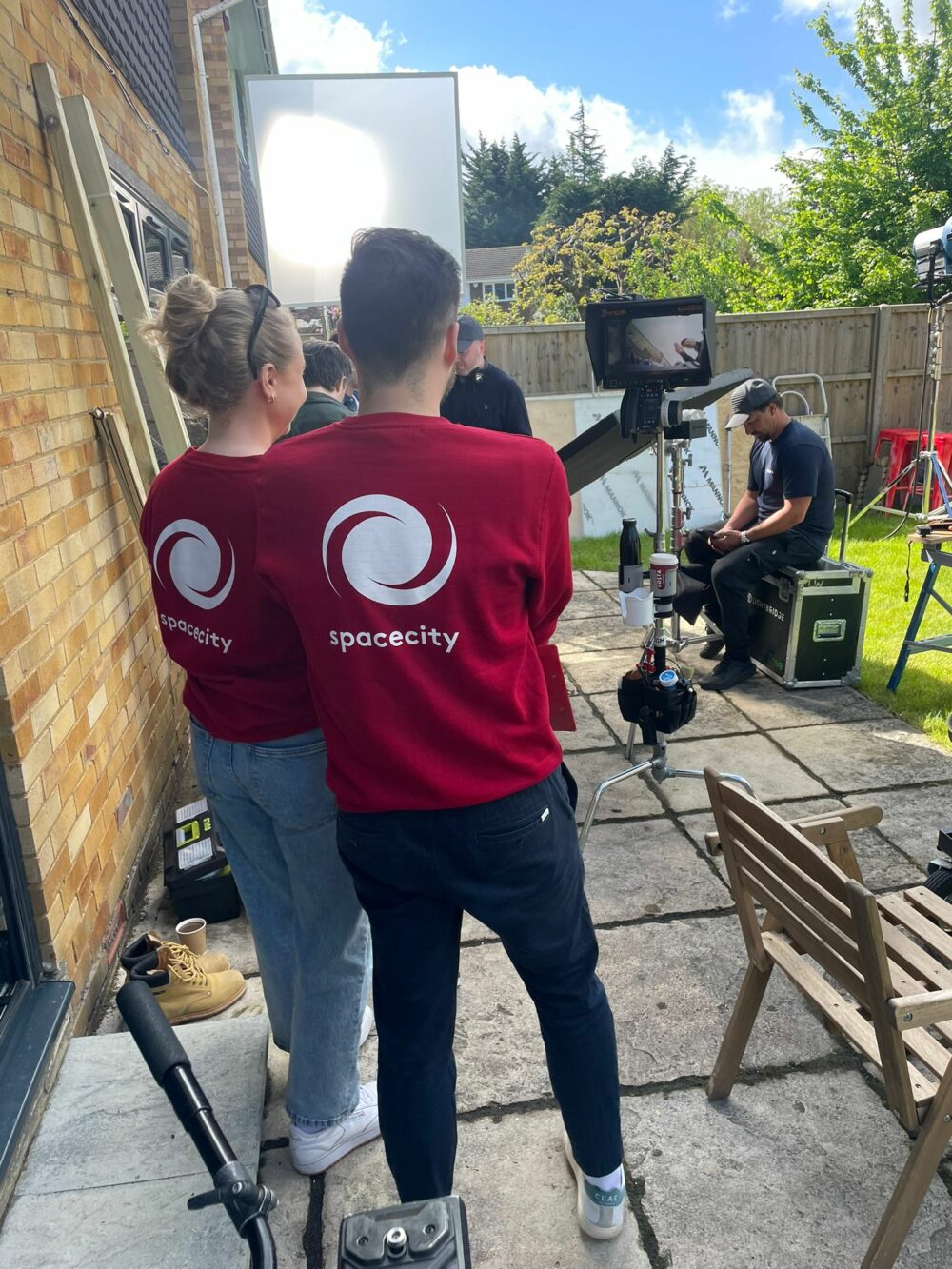ADVERTISING To those interested in your product or services can be hard enough to troubleshoot, never mind those who are not: there is a solution for your ads though.
Ultimately traditional advertising has consisted of content that either attempts to persuade a viewer and consumer towards your offerings, however amid the heightened influence of online, advertisers have had to change tact.
TV and print advertising were very distinct, with TV focusing on garnering more specific interest or greater scale, while print was more specific and localised, offering a platform for multiple brands at once.
Now though with online facilitating an infinite premise for choice and personalisation of advertising, the tendency for ads to constitute apart of media expectations are firmly over.
TV has been evolving exponentially over the last few years as it endeavours to offer the attribution and level of targeting that online can offer: these traits though have led to annoyance and intrusion.
Although consumers themselves have precipitated change in online and subsequently TV advertising culture, they have ensured the power is placed back within the creative.
Amid the rise in online ad consumption as a result of the seemingly lower costs and realtime measurability, ad spend has skyrocketed in online.
Ad efficiency though is starkly low due to the failings in creative, display and actual consumption.
This has prefixed the entire perception of online ads entirely.

The most successful online ads encompass the very best in emotive traits, entertainment and the abstract.
Traditional DRTV mechanisms are enjoying a renaissance with the increased targeting metrics offered by TV and interactive or addressable advertising.
However these traits when replicated online induce nothing more than rejection and avoidance.
Youtube has already stated it is going to cease the usage of 30-second ads, given the fact these ads are disrupting content that the consumer does not expect to be disrupted- especially at the beginning.
TV though in contrast- although not perfect- has established a far more accepted medium, one that can be a vessel emotive campaigns that will ultimately elicit a response and remain in short and long-term memory.
A common mistake made by businesses and agencies as they decide on the tact to use within their ads is to convey scenes of hardship, passively threatening the viewer toward the merits of a product or service.
Although the most trusted medium overall, the rhetoric needs to be one of celebration or self-deprication as you convey your overall brand message.
Therefore as you seek to enchant and not dismay your potential consumers, creating branded content as appose to traditional adverts will create a platform for optimised ROI and KPI achievement.
If a campaign is rendered to simply one advertising medium, the initial ad delivery costs maybe reduced, but you are automatically reducing your effectiveness and efficiency long-term.
Bearing in mind you are only focusing on this singular medium, your success with either branded content or direct response will be compromised without the corresponding ads or retargeting metrics.
In terms of ensuring that your ads are consumed and subsequently shared via social media, the key is to break from either linear advertising or direct response that is persuasive.
By focusing on supplementing your branded content with the call-to-action and information that will in itself compel your consumer to act, there is no need to utilise persuasion or scaremongering in your ads.
Entertainment and emotion within your creative conflates to increased profits and sales.
Naturally with the increased ad spend you would expect further sales, however the heightened profit margins illustrate the necessity for your campaigns to work cross-platform.
Campaigns that focus purely on persuasion elicit 12 per cent increases in profit, while 39 per cent profit increases can be denoted from emotive campaigns.

Therefore to elicit prolonged responses that compliment the content that your potential consumer is viewing, the combination in your ads of both TV and online is imperative.
Online only campaigns lack the trust of TV, while the brand driven content requires longer spots to succeed, rendering Youtube and other online platforms redundant as interest generators.
In order to harvest that interest though and ensure it converts into sales, brand retention and awareness, ensuring your call-to-action and ad delivery is in line with the promotion or product offered is aligned is integral.
Furthermore ensuring you do not annoy your potential consumers at the point of sale is something to be avoided.
Should your capacity not be great enough to supply the ensuing demand generated by your ads, not fulfilling your obligations or statements in your ads will lead to mistrust.
Only a complete brand restructure at a later date would dispel such ill-feeling, thus ensuring you are conservative in your expectations is equally vital.
Space City has produced TV and online campaigns for 25 years , focusing on both brand and direct response as brands look to maximise their budget.
Contact the team now and ensure your next campaign delights expected and unexpected consumers alike with creative that generates up to 600 per cent ROI.


